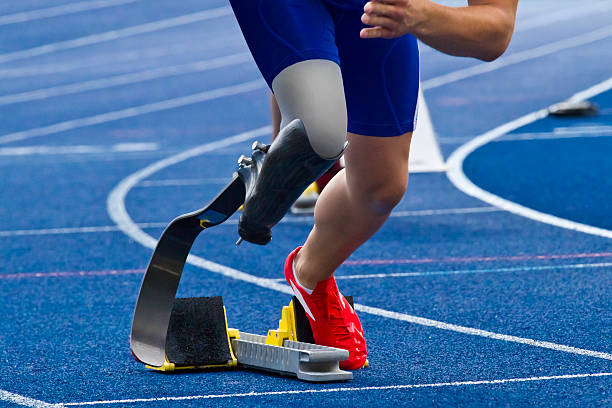Breaking Down Barriers: The Emergence of Adaptive Sports
A surge of energy fills the arena as spectators watch in awe. The atmosphere is electric, the competition fierce, but this is no ordinary sporting event. This is the world of adaptive sports. A domain that champions inclusivity, resilience, and the tenacity of the human spirit, defying conventional norms and redefining the meaning of athleticism.

The Genesis of Adaptive Sports
Emerging from the aftermath of World War II, adaptive sports were initially proposed as a therapeutic tool to aid the physical and psychological healing of injured veterans. Sir Ludwig Guttmann, a neurologist at the Stoke Mandeville Hospital in the UK, organized the first wheelchair games in 1948. Coinciding with the London Olympics, it marked the birth of a movement that would evolve into the Paralympic Games.
The Rise of the Paralympics
The Paralympics, officially recognized in 1960, took the concept of adaptive sports to an international platform. Covering a wide range of sports, from wheelchair basketball to visually impaired judo, they highlight the athletic prowess of individuals with disabilities. The Paralympics have grown exponentially, with the 2016 Rio Paralympics attracting 4350 athletes from 159 countries.
The Science of Adaptive Sports
The realm of adaptive sports is not just about competition; it’s a testament to human innovation and scientific advancements. Customized equipment and tailored training regimens allow athletes to optimize their performance, compensating for their physical limitations. Wheelchairs designed for speed and maneuverability, prosthetic limbs crafted for specific sports, and advancements in sports science have all contributed to pushing the boundaries of what is possible.
The Impact and Challenges of Adaptive Sports
Adaptive sports have undeniably had a transformative impact on society’s perception of disability. They challenge stereotypes, foster inclusivity, and inspire countless individuals with disabilities to pursue their athletic dreams. Yet, challenges persist. Access to adaptive sports can be limited, particularly in developing countries, and funding often falls short of what is required to develop and sustain programs.
The Future of Adaptive Sports
Despite obstacles, the future of adaptive sports shines brightly. Technological innovations continue to redefine what is possible, and increased media coverage is raising awareness and attracting more participants. As society continues to evolve in its understanding and acceptance of disability, the world of adaptive sports promises to be a driving force in challenging perceptions and breaking down barriers.
Adaptive sports represent resilience, inclusion, and the ability to overcome the odds. They are not just about winning medals but about winning hearts and minds, proving that ‘disability’ is just a word, and the spirit of an athlete knows no bounds.




